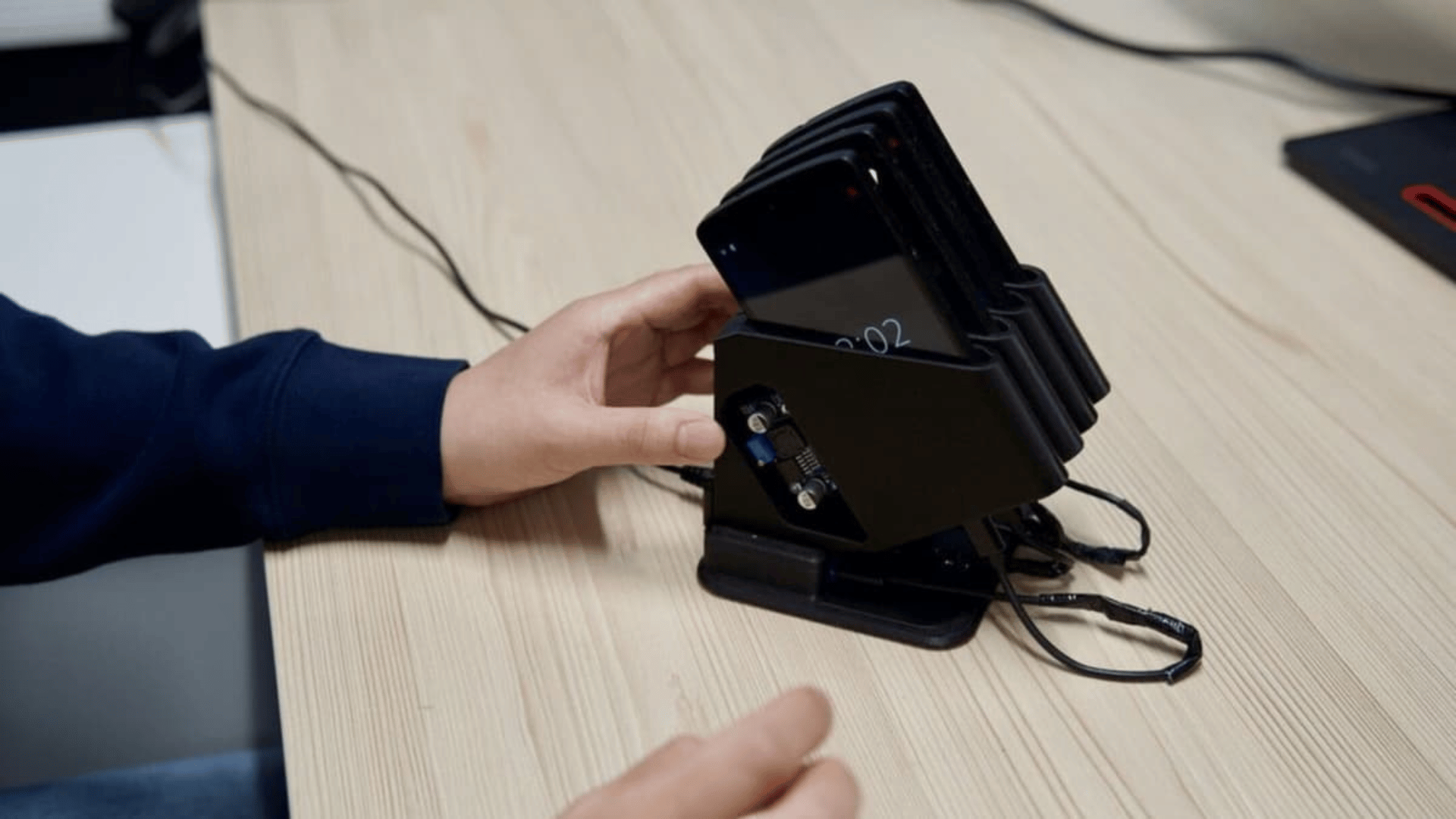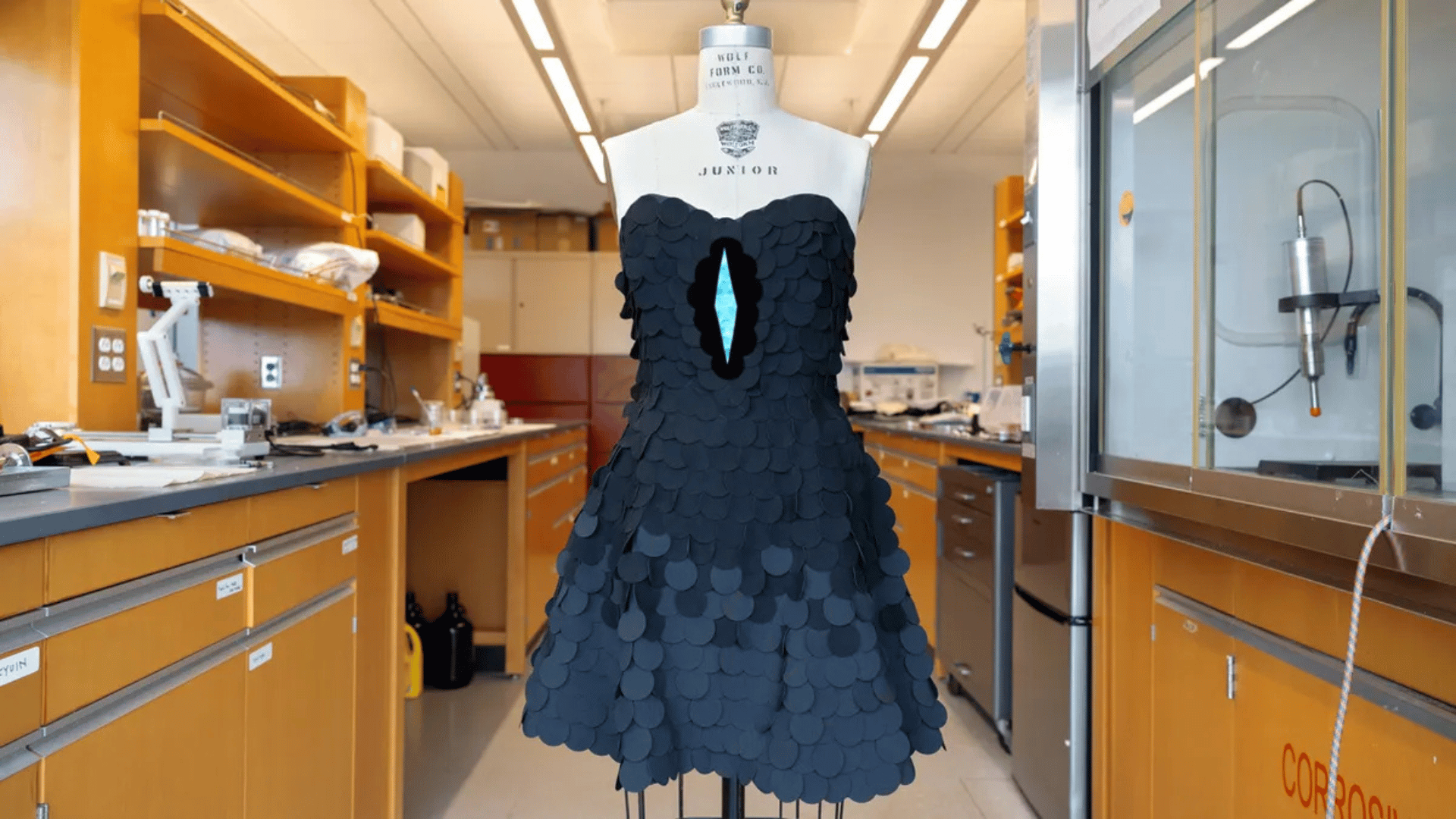As the demand for new phones and data centers continues to rise, both of which are energy-intensive and CO2-producing, researchers at the University of Tartu have proposed a solution: turning old smartphones into micro data centers.
A team from the University of Tartu Institute of Computer Science has designed a method for repurposing old smartphones into functional data centers. The solution is scalable and cost-effective, as each converted unit costs around €8 ($10.88).
Underwater Data Centers

After removing the original batteries and replacing them with external power sources, the team connected four smartphones, added 3D-printed casings, and built a working prototype. They tested the prototype underwater to monitor marine life.
Though this task normally requires a diver to capture footage and analyze it, the smartphone-based system automatically recorded and processed the data beneath the surface.
According to Interesting Engineering, the test shows how this system is versatile and has broader applications in fields like scientific research and public transit. For example, these devices could be used in cities at bus stops to count passengers in real time, making transportation more efficient.
“Innovation often begins not with something new, but with a new way of thinking about the old, re-imagining its role in shaping the future,” Huber Flores, Associate Professor of Pervasive Computing, said in a press release.
Additionally, though data centers typically require large amounts of electricity and materials, this alternative offers a greener approach. It also involves reusing existing hardware, which helps to avoid the cost and carbon footprint of producing new machines.
This approach stands out because, rather than attempting to alter consumer behaviors, researchers are proposing simply using existing technologies in smarter ways.
“Sustainability is not just about preserving the future—it’s about reimagining the present, where yesterday’s devices become tomorrow’s opportunities,” said Ulrich Norbisrath, Associate Professor of Software Engineering.
The research is published in the journal IEEE Pervasive Computing.







